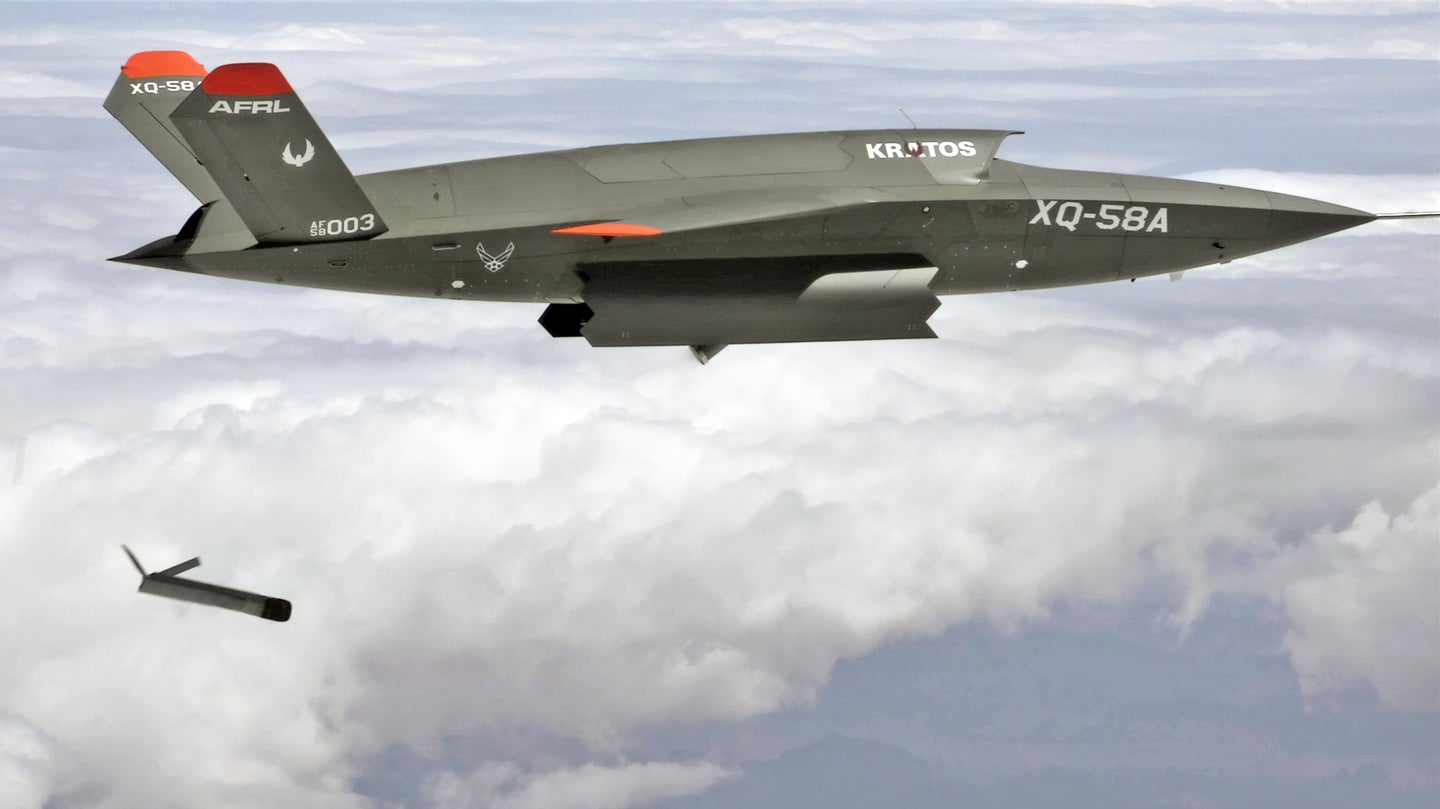
Official U.S. Navy Page / Flickr
Warfare is moving toward drones as they are cheap, lethal, equipped with AI and able to overwhelm traditional forces when produced by the tens of thousands or more as needs warrant.
Over the course of several days, groups of unidentified aircraft swarmed near and pursued U.S. Navy vessels in July of 2019, triggering an immediate high-level investigation, according to an initial report from The Drive.
In the report, the Navy calls them drones.
Up to six drones flew around the vessels at once in often low-visibility conditions close to Southern California's Channel Islands in a few days. The drones flashed lights, prompting a precautionary security response onboard the warships, according to Navy ship logs obtained by The Drive via a Freedom of Information Act request.
Advanced tech for sure.
The drones themselves stayed in the air for at least 90 minutes, surpassing the capacities of commercially available drones, and flew at least 100 nautical miles, according to one case cited in the report, explaining the locations of ships in view of the aircraft.
The ship's logs suggested the drones could fly at the same speed as U.S. destroyers — moving at 16 knots in low-visibility conditions, which is also considered 1 nautical mile of visibility. The ship deployed an onboard intelligence unit — called a "SNOOPIE" team for Ship Nautical Or Otherwise Photographic Interpretation and Exploration team — to fully document the robotic aircraft.
Incredibly, the next night — July 15 — drones appeared once more later in the evening. The USS Russell documented heavy drone activity, including the mystery vehicles' dropping altitude and moving forward, backward, right, and left.
And this.

One of the U.S. Air Force’s XQ-58A Valkyrie stealthy, affordable unmanned aircraft has, for the first time, released a store from its internal payload bay. The latest test flight, the sixth for the Valkyrie, saw the payload bay doors open for the first time in flight, to drop one of the much smaller ALTIUS-600 drones.
“Successful operation of the internal weapons release system/function along with further aerodynamic envelope increases continues to assert the incredible capability and cost-per-performance value of the low-cost attritable XQ-58A Valkyrie,” Steve Fendley, President of Kratos Unmanned Systems Division, said. “Additionally, this unique and key mission function success adds an exclamation point to the 30-month development of the Valkyrie system by the Kratos and AFRL team, which resulted in a pre-production system with substantial operational capability, not simply a proof-of-concept flight demonstrator.”
Any questions?



No comments:
Post a Comment